Biology supports interdisciplinary work with several different departments and Institutes. PhD students in Biology work in other departmental labs, and vice versa. Below are a few of the institutes, centers and programs our department collaborates with.
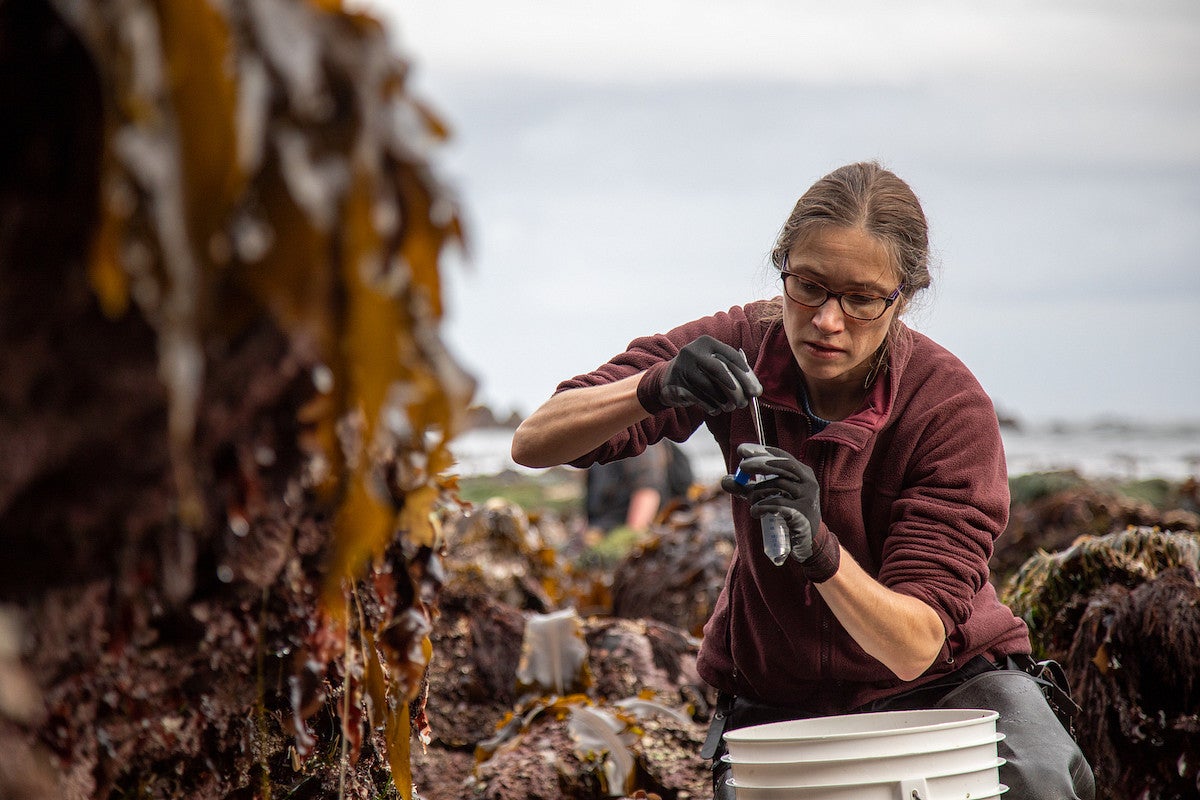
Oregon Institute of Marine Biology (OIMB)
Located in coastal Charleston, OR, The Oregon Institute of Marine Biology (OIMB) has convenient access to some of the most spectacular places anywhere to study marine organisms and ecosystems.
High quality natural seawater flows through all the teaching and research labs, enabling scientists to maintain a wide assortment of marine animals for observation and experimentation. OIMB has a small fleet of ships and boats for research and teaching.
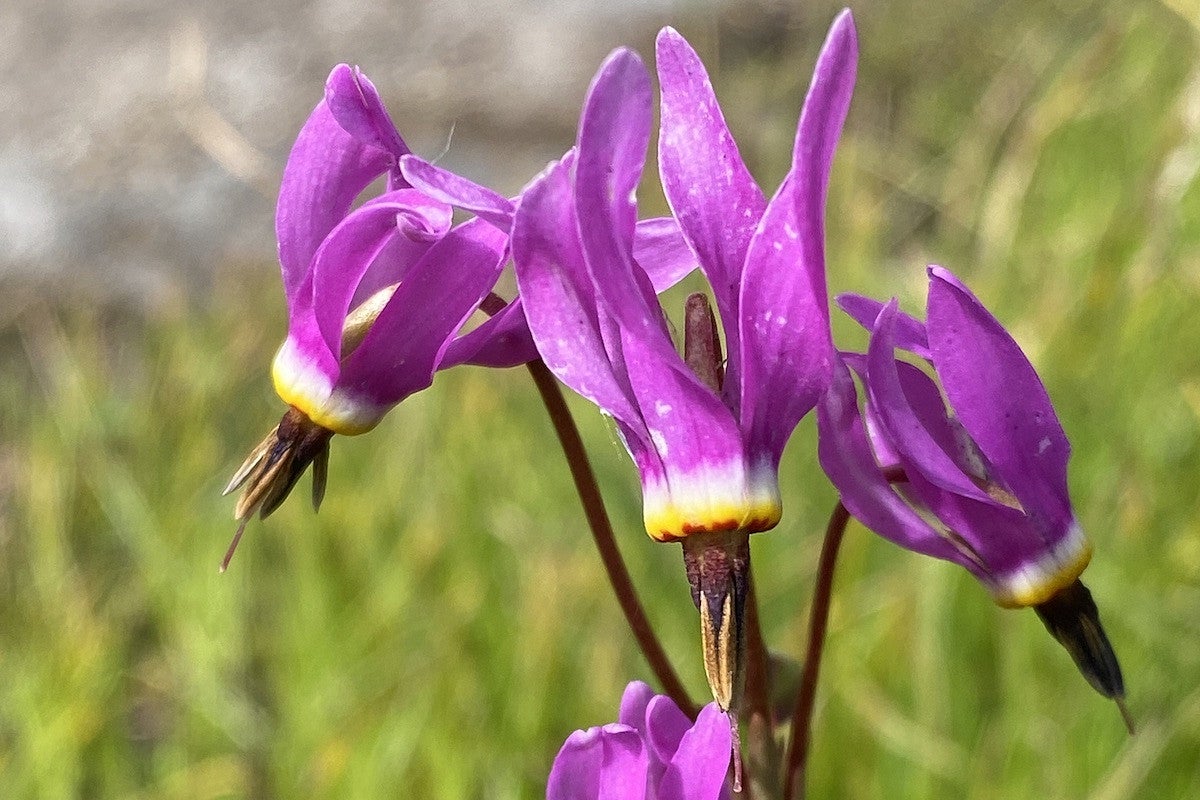
Institute of Ecology and Evolution (IE2)
The Institute of Ecology and Evolution (IE²) facilitates research and graduate education in ecology and evolutionary biology. The institute fosters a collegial and stimulating intellectual environment for world-class research in:
- molecular evolution
- evolutionary genetics
- evolution of development
- microbial, population, community, and ecosystems ecology
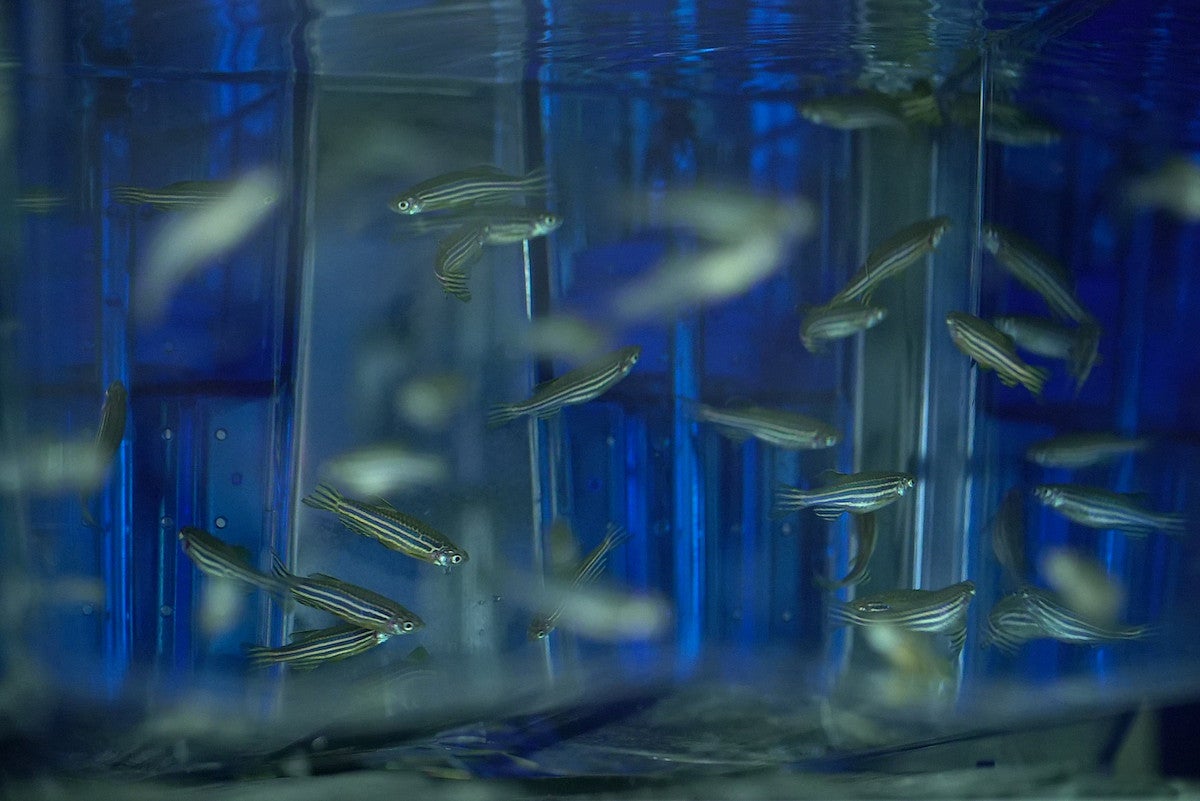
Institute of Neuroscience (ION)
The Institute of Neuroscience is a group of biologists, psychologists, mathematicians, and human physiologists at the UO who have pooled their expertise to tackle fundamental questions in neuroscience.
- How do neural circuits produce behavior?
- What can computational approaches tell us about how the brain operates?
- How do neural stem cells choose between self-renewal and differentiation?
- What are the circuits of reward, addiction, memory, and cognitive flexibility?

Institute of Molecular Biology (IMB)
The Institute of Molecular Biology is a group of biologists, chemists, and physicists at the UO who have pooled their expertise to tackle fundamental questions in molecular biology.
- What are the underlying principles that define life?
- How do organisms develop and respond to their environments in an organized fashion?
- How does life evolve?
- How can we translate our molecular understanding into novel therapies?
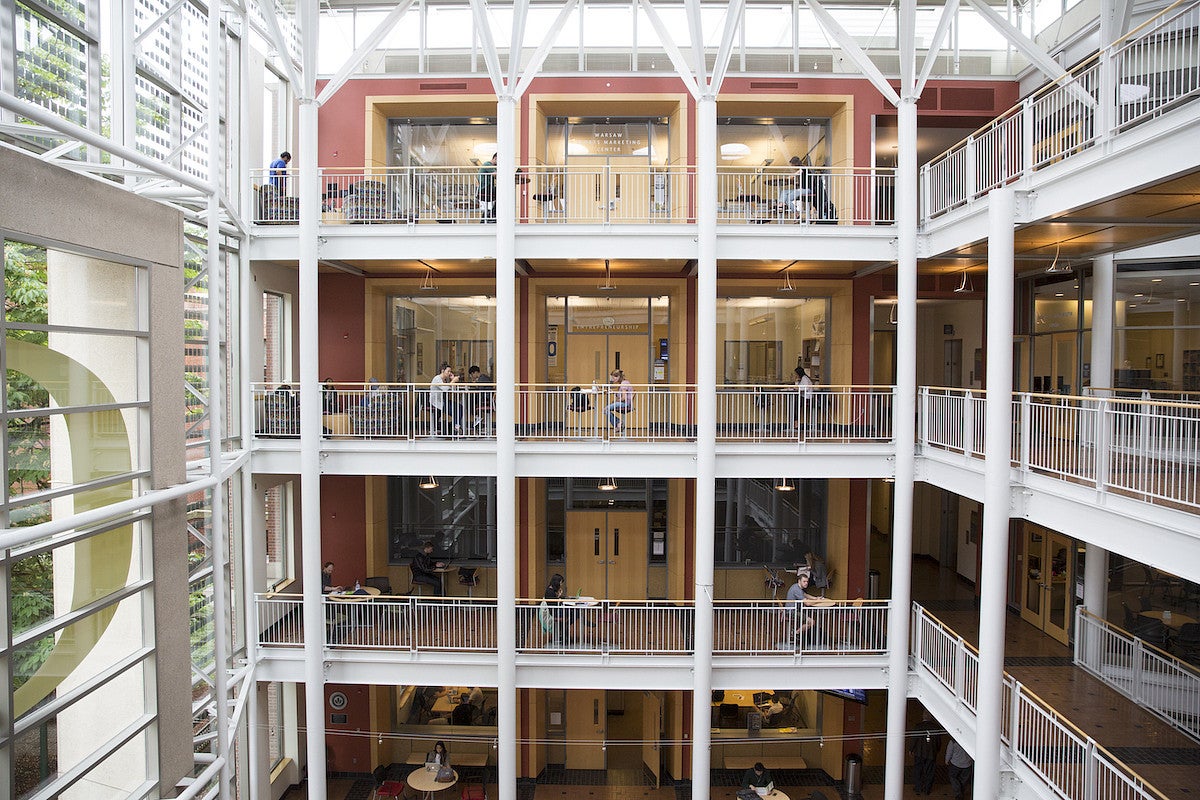
Biology and the Built Environment Center (BioBE)
At BioBE, we:
- Develop hypothesis-driven, evidence-based approaches to better understand the microbiome of the built environment.
- Research with the goal of improving human health and environmental sustainability.
- Collaborate with industry partners and our allied organizations, The Energy Studies in Buildings Laboratory and The Institute for Health in the Built Environment.
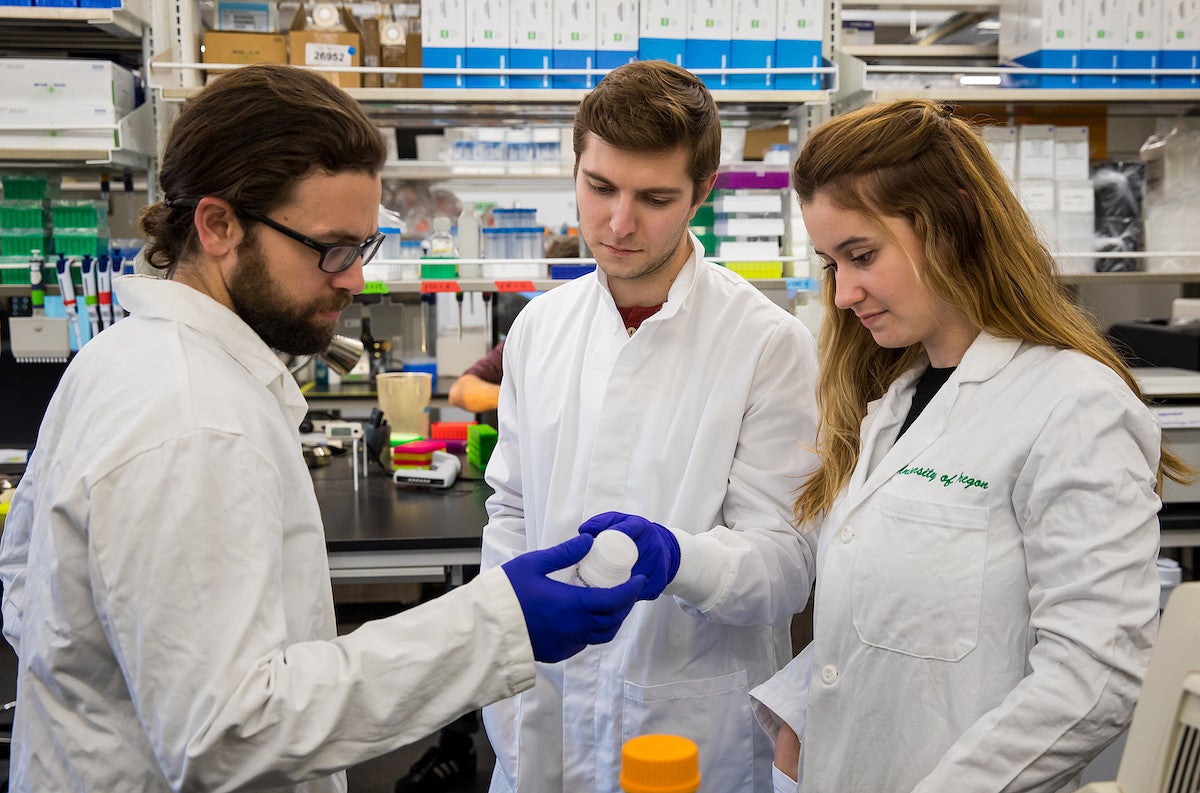
The Phil and Penny Knight Campus for Accelerating Scientific Impact
The Phil and Penny Knight Campus for Accelerating Scientific Impact is a campus designed to accelerate the cycle of moving discoveries to impacts for the greater good.
Rooted in the University of Oregon’s 60-year history of interdisciplinary collaboration, it is training new generations of scientists, forging tighter ties with industry and entrepreneurs, and creating new opportunities for graduate and undergraduate students.
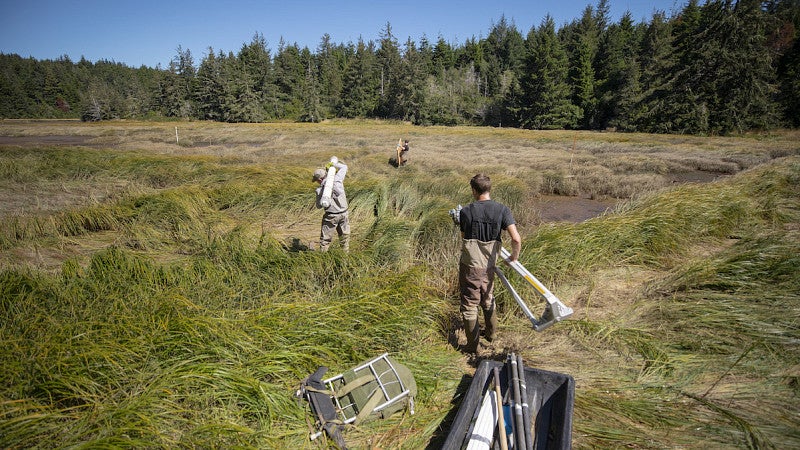
The UO Environment Initiative
The Environment Initiative focuses the intellectual energy and work of faculty, students, and community partners on working towards a just and livable future through transdisciplinary research, teaching, and experiential learning.
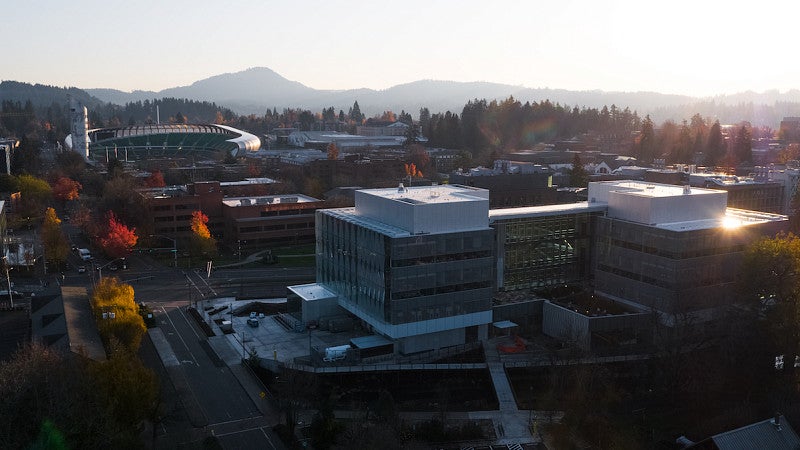
Affiliated Departments in the College of Arts and Sciences and Across Campus
Interdisciplinary Student Research Profiles
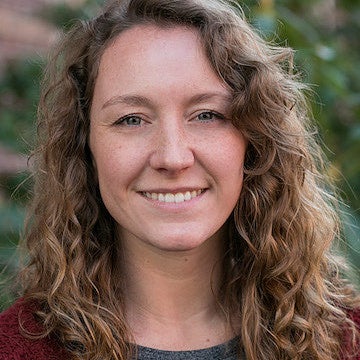
Kona Orlandi, PhD candidate in Biology, 2024
From fish to humans: How do immune proteins evolve to recognize different bacteria?
In a world of microorganisms, macroorganisms like ourselves have learned to sense when bacteria are around. In some cases, as is the case with infections, our bodies need to know where bacteria are and initiate inflammation there to eliminate harmful bacteria and heal wounds. My research focuses on the ancient Toll-like receptor 4 (TLR4) immune receptor, shared by all bony vertebrates from fish to humans, which recognizes bacteria and stimulates the immune response. My goal is to identify the reason why TLR4 from zebrafish (UO’s favorite model organism) recognizes bacteria in a different manner from human TLR4. To do this, I am studying how this TLR4 function has evolved since its earliest known ancestor over 400 million years ago to present day versions of the receptor in humans and zebrafish. This work will help us better understand how our immune system recognizes bacteria and will help researchers use zebrafish to model the human immune system.
Associated faculty and labs: Mike Harms and the Harms Lab, Karen Guillemin, the META Center for Systems Biology, and the Institute of Molecular Biology.
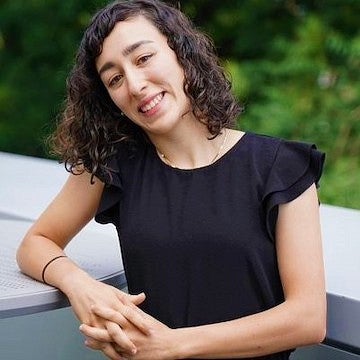
Anissa Benabbas, PhD candidate in Biology, 2025
Protein Engineering
Recently machine learning (ML) methods have made great progress in finding underlying patterns in sequence data to help guide limited experimental resources to the most promising sequences and even generate completely novel sequences distant from any input and potentially inaccessible by evolutionary processes. I combine DropSynth’s gene synthesis of large libraries with machine learning algorithms to optimize protein design.
Associated faculty labs, center, or institutes: Calin Plesa and the Plesa Lab at the Phil and Penny Knight Campus for Accelerating Scientific Impact.

